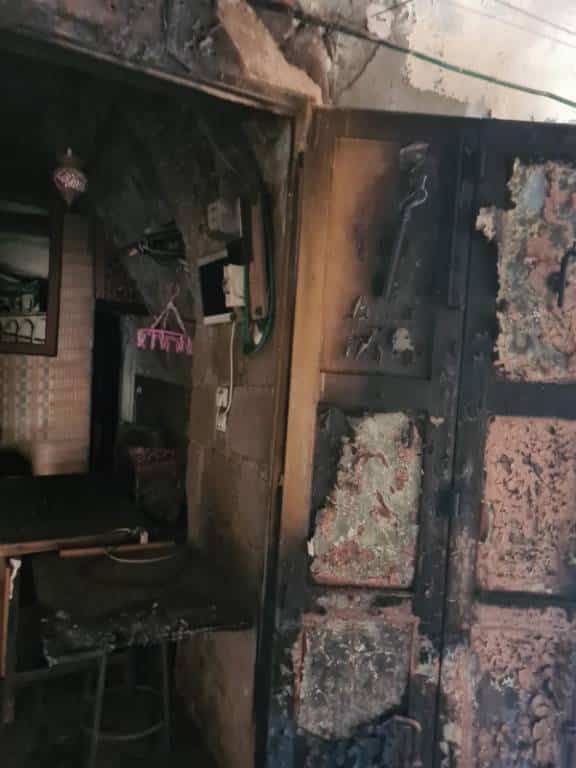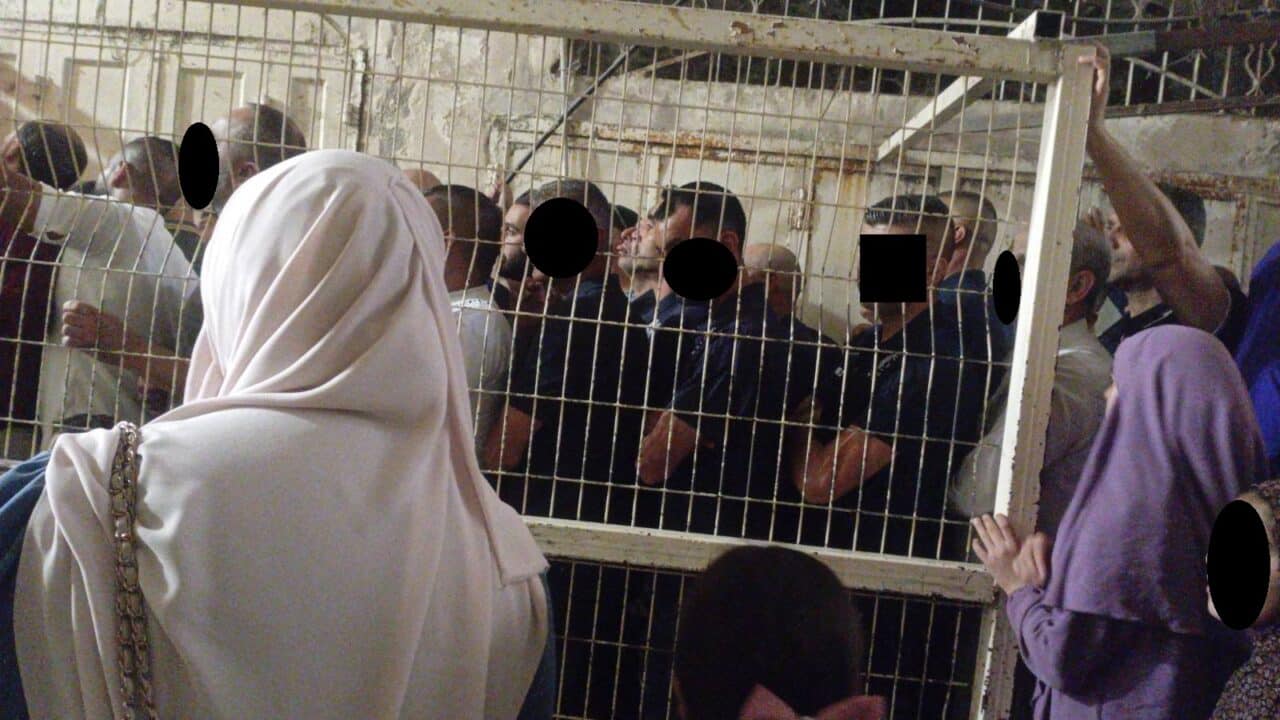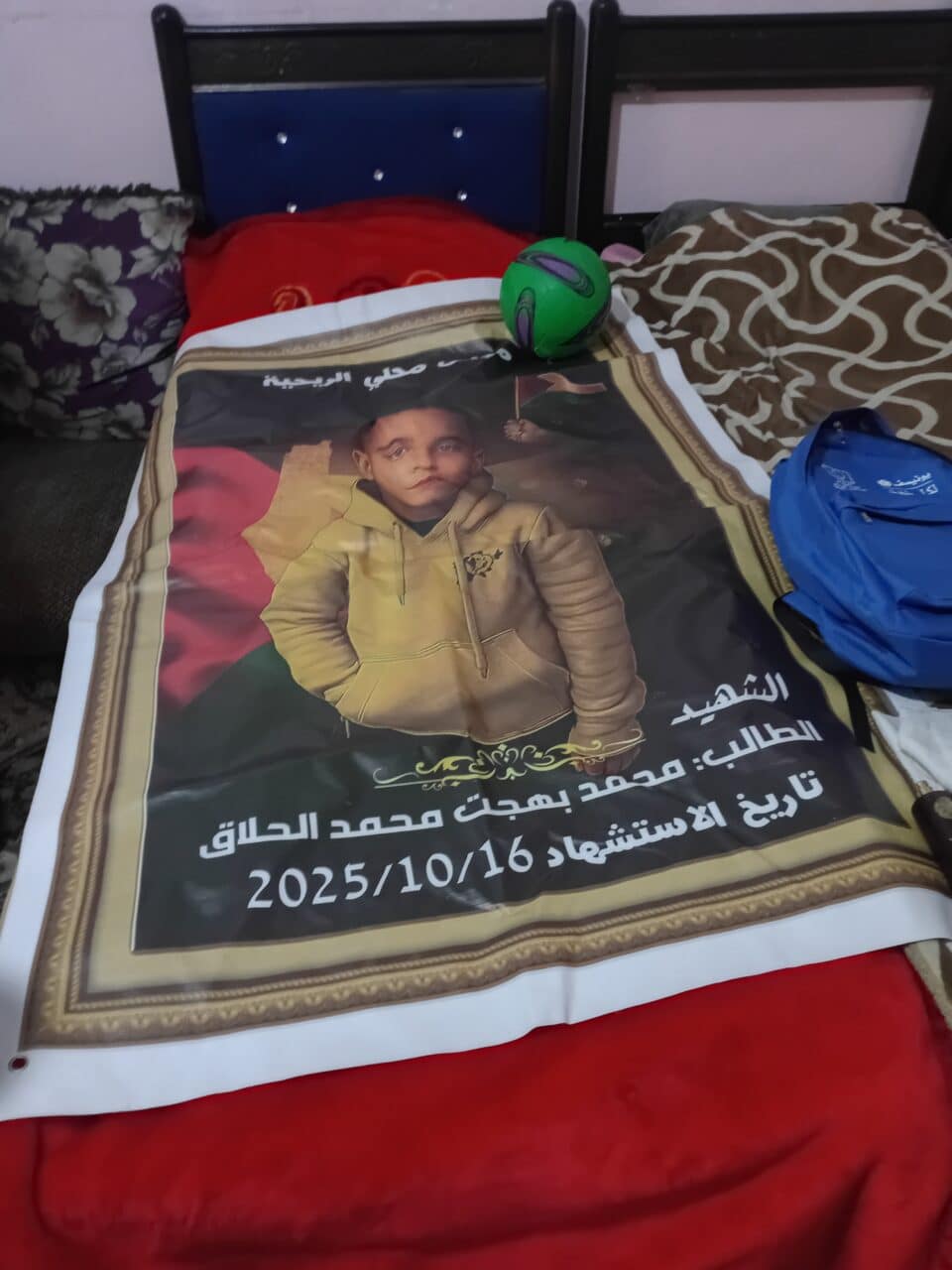Tag: Hebron
-

Firebombing in Al-Khalil
A trail of charcoal tire tracks are an unwelcome sight this morning in Hebron’s old city, tracing a grim path past shuttered shops and beneath wire netting that sags with the weight of rubbish, bottles, and stones thrown from above. A tailor’s shop and car were firebombed last night by Israeli colonizers in the Old…
-

Israeli Occupation Forces Deny Muslims Right to Pray
On Friday, October 24, the Israeli Occupation Forces (IOF) denied over 100 Palestinian Muslims the right to pray Duhr – or noon prayer – at the Al Ibrahimi Mosque in Al Khalil. Friday, or Juma’ah in Arabic, is the holiest day of the week in Islam. And Duhr is among the most popular times to…
-

Israel’s War on Children
On the evening of Thursday, October 16, we got word that Israel Occupation Forces (IOF) shot in the abdomen a nine-year-old boy in al-Rihiya. A small village close to Al Fawwar refugee camp, al-Rihiya is 4 miles outside of Al Khalil (Hebron). It was established in 1951 on 1 square km of land to house…
